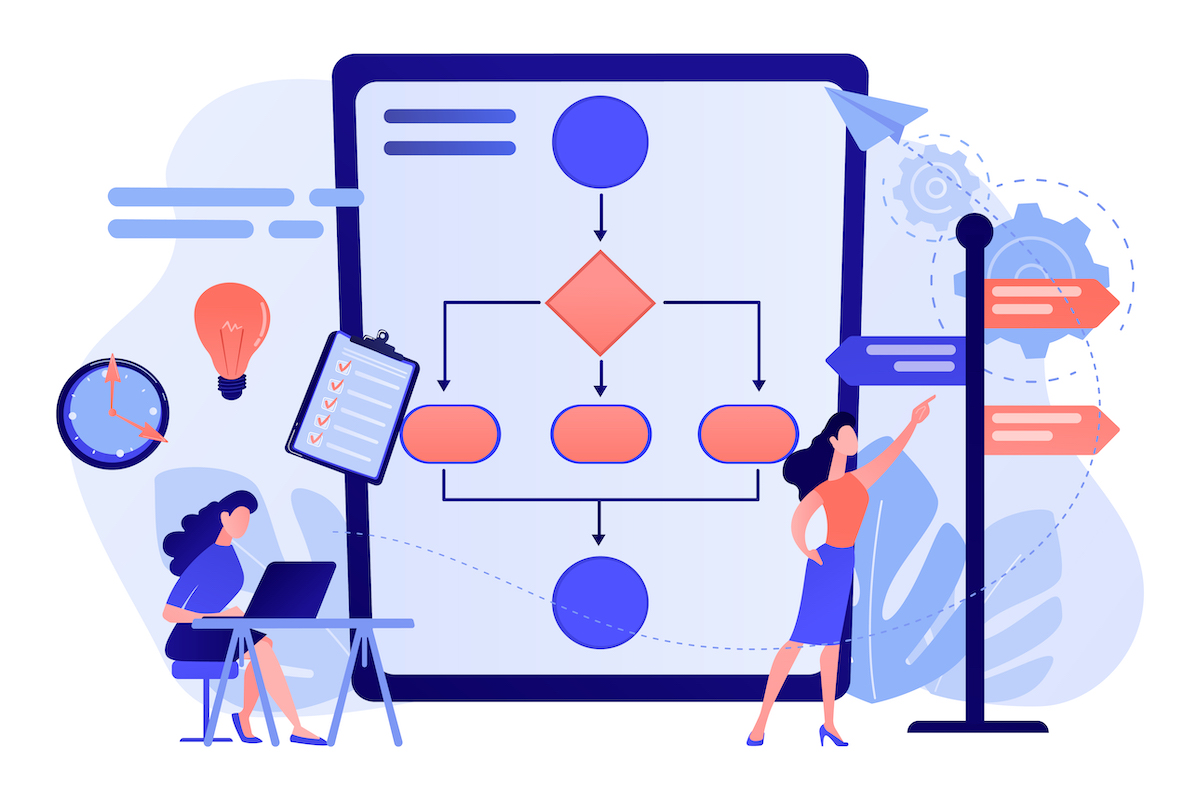Introduction
Apparel manufacturing is a complex process involving various functions and stakeholders within an organization. Success in the apparel sector hinges on delivering high-quality products at a low cost and within tight deadlines. Additionally, apparel manufacturers must comply with numerous standards, and legal, and regulatory requirements.
A comprehensive risk management process is essential for proactively identifying and mitigating potential risks, given the involvement of multiple stakeholders. Risk & Control Teams utilize various risk assessment frameworks and processes to evaluate risks and controls in specific areas. Digitizing these processes on a platform can improve efficiency. This case study examines how a leading apparel manufacturer implemented the Emojot platform to digitize their Risk and Control framework.
Key Challenges in Risk & Control Processes
- Managing multiple manufacturing plants across various countries.
- Implementing numerous processes for different risk assessment dimensions.
- Handling hundreds of criteria in each risk assessment process.
- Managing variances in criteria across plants for some functions.
- Coordinating with numerous users responsible for different areas.
- Aligning timelines for various criteria and processes.
- Conducting risk assessments with different cycle durations.
- Navigating multiple stages of approval and verification before completing each cycle.
- Ensuring timely escalations and follow-ups for compliance requirements.
- Creating a unified view of risk & control status across all plants.
- Tracking progress in risk mitigation plans.
- Adapting to rapid changes in assessment flow, criteria, user responsibilities, deadlines, escalation timelines, and escalation hierarchy.
Key Features of the Risk & Control Digital Platform
The manufacturer’s Risk & Control team and Emojot developed a framework to address the unique needs and complexities of their organization. The digital solution was designed to be flexible, configurable, and seamlessly integrated with existing systems.
- Comprehensive risk assessment processes covering diverse areas, functions, and plants.
- Monthly risk assessments are conducted across all plants in different countries.
- Automatic generation, alerts, notifications, and follow-ups of assessment cycles.
- Multiple evaluation and approval levels.
- Real-time monitoring of risk assessment progress and status through dashboards.
- Risk assessment score generation upon completion.
- Development of risk mitigation plans.
- Integration of risk assessment statistics with other enterprise systems.
- Dynamic adjustments to risk assessment process roles, users, criteria, and stages.
Solution
The Emojot Workflow Management (WFM) platform was customized and configured to meet all requirements outlined by the manufacturer. This addressed the challenges associated with their previous manual process.
The development time and cost were minimal due to the Emojot aPaaS. Over the past few months, users have submitted risk assessments through the new platform, receiving positive feedback.
Conclusion
The digitization of the Risk and Control Framework using the Emojot platform highlights the value of a flexible, customizable, and unified approach to risk management. By overcoming the limitations of manual solutions and streamlining risk assessment processes, the manufacturer has successfully enhanced the effectiveness and efficiency of its risk management strategy.
Want to explore more? Share your details to schedule a personalized demo with one of our product experts and experience our solution in action!

